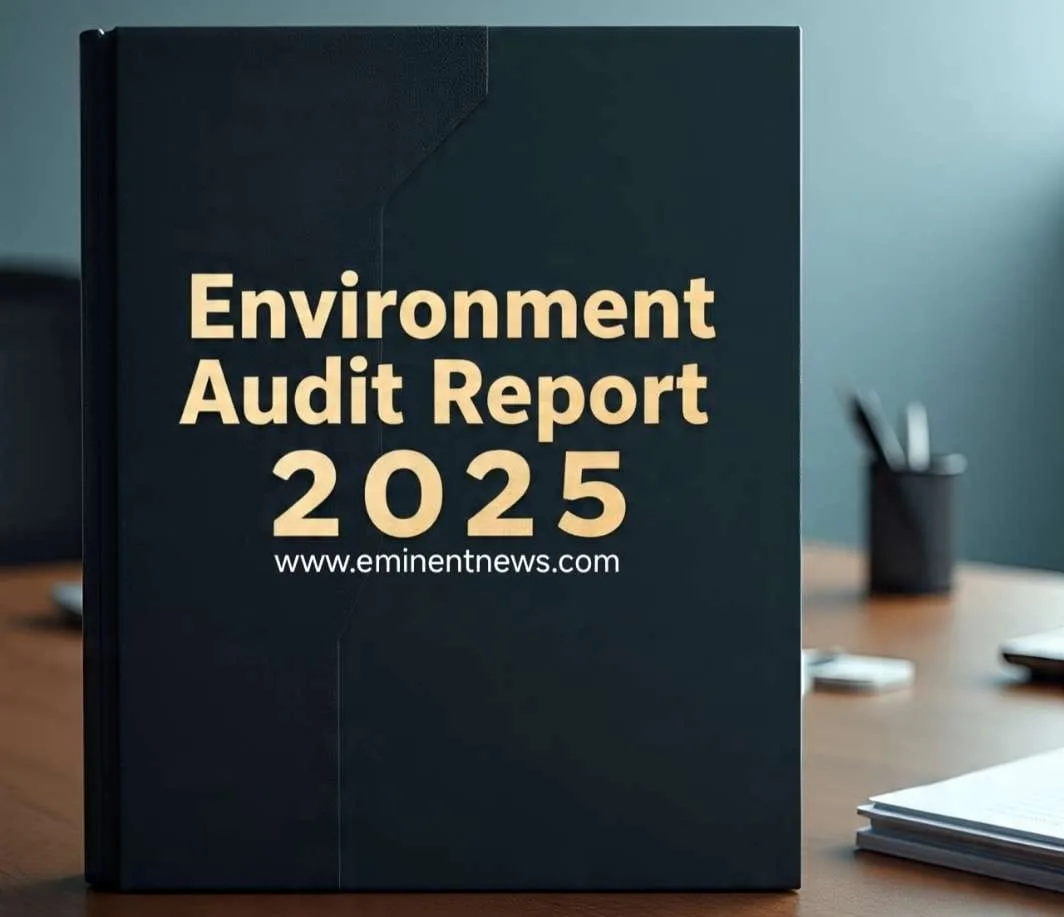The Rights of Persons with Disabilities Act, 2016, which came into force on April 19, 2017, replacing the earlier Persons with Disabilities (Equal Opportunity Protection of Rights and Full Participation) Act, 1995 .
Overview of the Rights of Persons with Disabilities Act, 2016:
- Genesis: The Act is rooted in the UN Convention on the Rights of Persons with Disabilities and seeks to fulfill India’s obligations under this international treaty .
- Definition of Disability: The Act defines a ‘person with disability’ as someone with long-term physical, mental, intellectual, or sensory impairment which, in interaction with barriers, hinders their full and effective participation in society equally with others .
- Types of Disabilities Covered: The 2016 Act significantly expanded the scope of disabilities covered, encompassing a wider range than the previous 1995 Act . It includes more than 15 disabilities, such as dwarfism, acid attack victims, intellectual disability, and specific learning disabilities .
- Rights and Entitlements: People with at least 40% of a disability are entitled to certain benefits .
- Reservation in Government Jobs: At least 4% of the total number of vacancies in government establishments in specified categories must be reserved for people with benchmark disabilities .
- Non-Discrimination: The Act prohibits discrimination against any person with a disability . Establishments cannot discriminate against a person on the grounds of their disability unless it can be proven that the discrimination is a proportionate means of achieving a legitimate aim .
- Equal Opportunity Policy: Establishments are required to prepare and publish an Equal Opportunity Policy (EOP) for persons with disabilities, registered with the State Commissioner or the Central Commissioner . The EOP should include details regarding facilities for persons with disabilities; lists of posts identified for persons with disabilities; and training, promotion opportunities, allotment of accommodation, and provision of assistive devices and barrier-free accessibility .
- Liaison Officer: Establishments must appoint a liaison officer to look after the recruitment of persons with disabilities and to deal with amenities for them . The appointment must be notified in the EOP .
- Record Maintenance: Establishments must maintain records relating to persons with disabilities, including the number of disabled persons employed, their personal details, the type of disability, the nature of work performed, and the facilities provided to them .
- Accessibility Standards: The Rules prescribe standards about the physical environment, transport, and information and communication technology applicable to disabled employees .
- Penalties: The Act stipulates penalties for non-compliance, including fines .
- Special Court: Prosecutions for offenses under the Act are triable by a Sessions Court, which is required to be notified by State Governments for each district as a ‘Special Court’ .
The Act focuses on non-discrimination, full and effective participation and inclusion in society, respect for difference, and acceptance of disabilities .



























